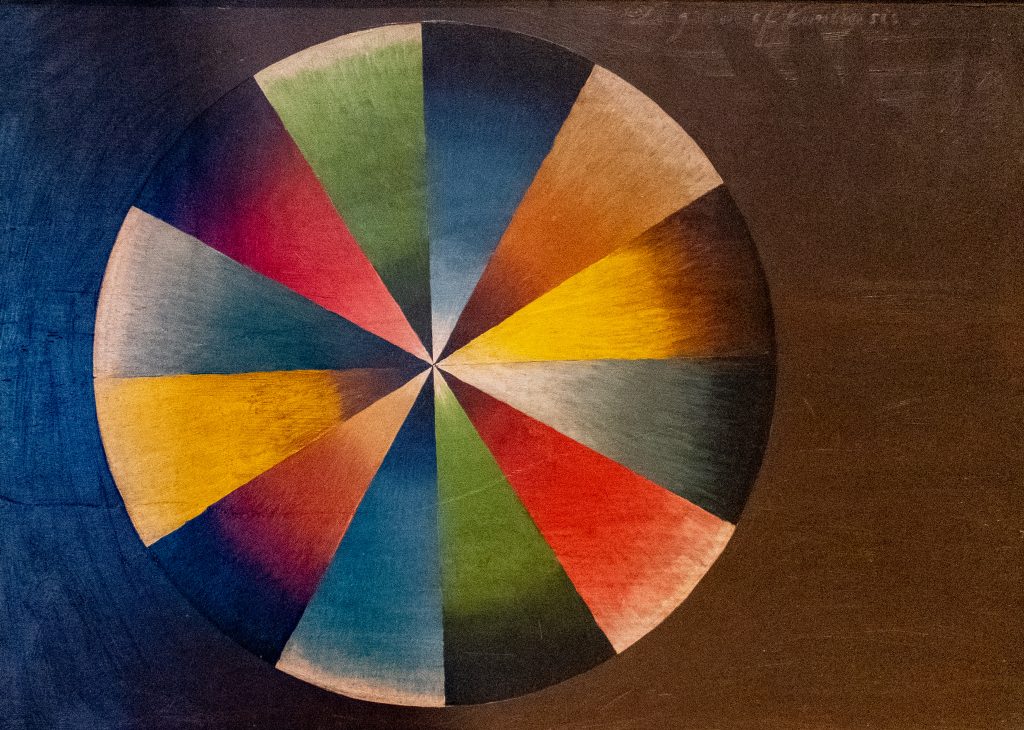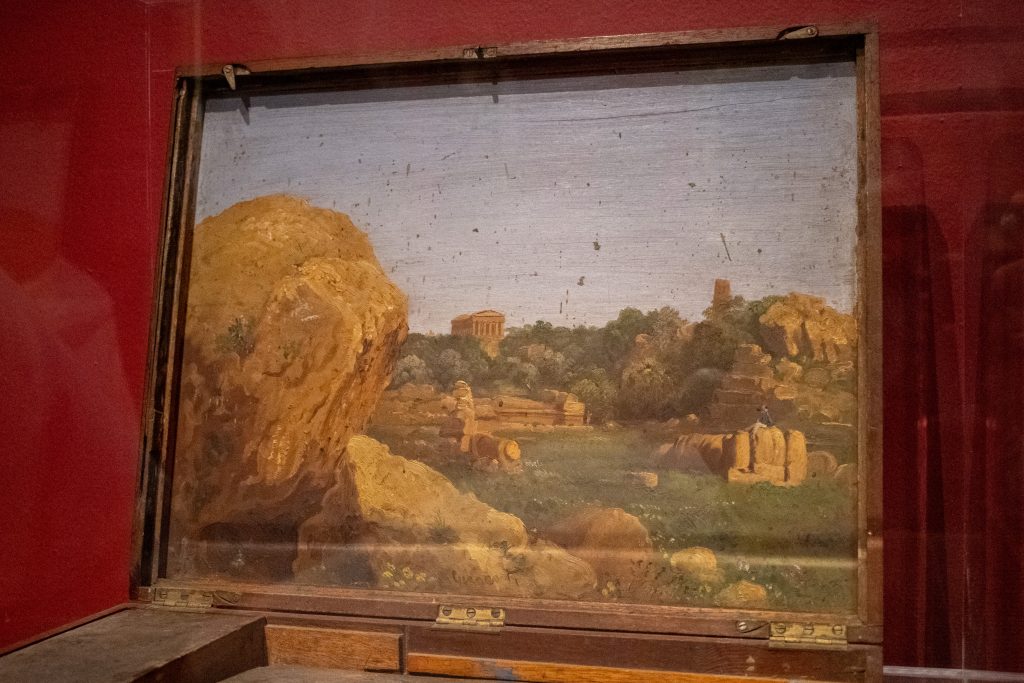[Also available as an issue of my newsletter, Leaflet]
“Had I devoted myself to birds, I might have produced something myself worth doing.” —Ruskin, quoted by Katherine Rundell in an essay on hummingbirds (London Review of Books)
“Mourn the past, mend the present, beware of the future.” —Jan Hus, quoted in Claire Sterling’s The Masaryk Case (1969)
“Puss grew presently familiar, would leap into my lap, raise himself upon his hinder feet, and bite the hair from my temples. He would suffer me to take him up, and to carry him about in my arms, and has more than once fallen fast asleep upon my knee. He was ill three days, during which time I nursed him, kept him apart from his fellows, that they might not molest him (for, like many other wild animals, they persecute one of their own species that is sick), and by constant care, and trying him with a variety of herbs, restored him to perfect health. No creature could be more grateful than my patient after his recovery; a sentiment which he most significantly expressed by licking my hand, first the back of it, then the palm, then every finger separately, then between all the fingers, as if anxious to leave no part of it unsaluted; a ceremony which he never performed but once again upon a similar occasion.” —William Cowper, describing one of his three pet hares in a 1784 letter to The Gentleman’s Magazine
When you search for the name of a specific domestic duck breed, Google tells you that people also asked, “Are they friendly?” and “How do they taste?”
“There are no real hedgehogs in those woods, only foxes, who do well in the margins of our dominion. Perhaps there’s an alternative parable in there.” —the novelist Christopher Brown, on armadillos real and stuffed (Field Notes)
“For one brief moment—maybe, say, six weeks—nobody understood art. That’s why it all happened. Because for a short while, these people were left alone. Six weeks is all it takes to get started.” —the composer Morton Feldman, quoted by the musician Damon Krukowski in an essay on that we’re-all-just-figuring-it-out feeling
“There is an aftermath in early autumn, and some spring flowers bloom again, followed by an Indian summer of finer atmosphere and of a pensive beauty. May my life be not destitute of its Indian summer, a season of fine and clear, mild weather in which I may prolong my hunting before the winter comes, when I may once more lie on the ground with faith, as in spring, and even with more serene confidence. And then I will wrap the drapery of summer about me and lie down to pleasant dreams.” —Thoreau, journal, 8 Sept. 1851
I dreamed I got a postcard from a graduate student, who wanted to know, If you don’t have anything to do, how do you do it?
“Individual artists and writers, however deeply they influence their peers, seldom think of themselves (at least after the age of thirty) as part of a movement, though they are too polite to object when critics and historians praise them for their membership in it.” —Edward Mendelson on Hugh Eakin’s Picasso’s War (Book Post)
“I feel tender for you tonight, walking the wet streets of Portland in your tent of a black coat. Reading the taped-up neon flyers with everyone else’s happenings, readings, meetups, shows; halting on the sidewalk outside a corner bungalow because you hear OK Computer playing inside; offering your arm to the ghost of Elliott Smith every time you pass one of the streets, Alameda or Division, that he named in his songs; yourself haunting the door of the café where once, during rain, a girl shared your table, you exchanged two sentences about the novels you were reading and never met again; letting go your last dollars on someone’s new novel, a Sibelius LP, a cup of Stumptown because those transactions are the only connections you know how to make. I wish I could take you out for that cup of coffee. I know what a gift you’d find it just to be taken out for an hour, especially by a woman. By another woman, I ought to say, but you’re in no place to receive that.” —the novelist Pauline Kerschen, writing a letter to her younger self, on the eve of gender-affirming surgery
“But why—I asked myself at numerous points over the last five years—was this such a productive era for experimentation? Apart from the opportunities provided by the phenomenal pace of change in the era, it occurred to me that the German Empire was, as perverse as it sounds, just repressive enough. Which is to say it was a semi-autocratic state with a reactionary mainstream culture so there was definitely something to rebel against, but it wasn’t so repressive that it silenced radical voices entirely. Yes, some writers were censored, fined or even jailed for lèse-majesté, blasphemy, obscenity and other infractions, but it’s remarkable how many more weren’t when you consider the extremity of their positions. The countercultural vigour of the age, it appears to me, dwelt in this narrow gap between widespread antipathy and blanket repression.” —the publisher and translator James J. Conway, reflecting on the neglected classics of Wilhelmine Germany that he issued in new English-language translation during the five-year run of his small press, Rixdorf Editions
“I wonder when again that lovely old tune was whistled in that cottage, and when again that jig was danced under that roof, for those who danced are dead, and he who whistled the tune is dead, and I think that those who live in that cottage now have forgotten these old things, as soon all will have forgotten them. So we lay another night in the great bed, and slept in each other’s arms, slept the sound sleep that lovers sleep, so sound and yet so light that like a dream the consciousness of the other is always there—the only dream that enters the deep sleep of lovers.” —Helen Thomas, As It Was (1926)










